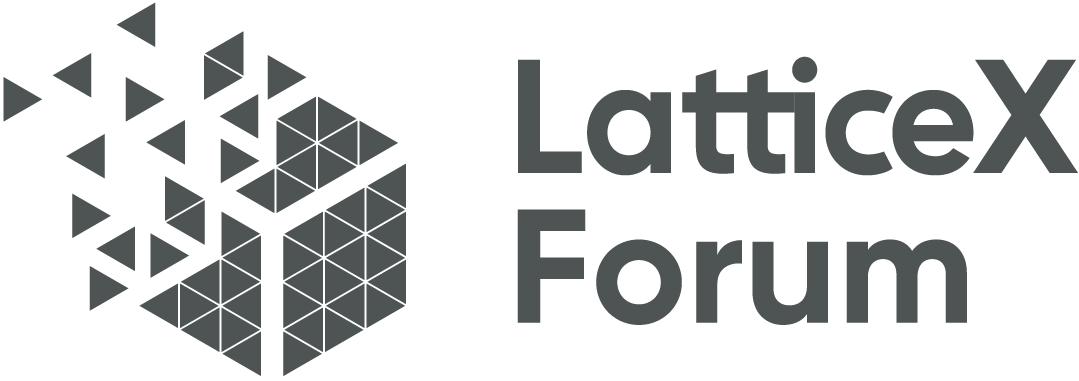2.2. Basic advances of the clever web Where Web 2.0 was driven by the coming of versatile web, informal community and cloud processing innovation, the shrewd web vision is based upon three new layers of mechanical advancement: blockchain, AI and the Internet of Things (IoT). Its pervasive nature is supported by the development of the Internet of Things. Man-made intelligence will be an essential instrument used to tag web content, and a genuinely semantic web will empower AI frameworks to use it in new and novel ways. Circulated record innovation, for example, blockchain will support a shrewdly associated Web 3.0, by working with information trade and exchanges between different frameworks, makers and gadgets. The way in to the jump from Web 2.0 to the clever web stays the security of information protection and the responsibility for being ought to have the option to be constrained by people themselves. Protection safeguarding calculation is an arising arrangement and innovation pattern, and is recorded in Gartner’s 9 key innovation patterns for 2022. Privacy preserving calculation makes individual information safer and private, permitting clients to really take responsibility for information, on a very basic level adjusting the logical inconsistency between information security and information esteem on a very basic level, and totally settling the protected and free stream of information. 2.3. Advancements and Issues in Artificial Intelligence 2.3.1. Patterns in Artificial Intelligence During the last 5 to 10 years, the quick development of the web, versatile web and The Internet of Things has created huge measures of information. The expansion in chip handling power, the fame of cloud administrations and the decrease in equipment costs have prompted a critical expansion in registering power. The expansive business and arrangement market has empowered the fast advancement of AI innovation. Simulated intelligence has been wherever in day to day existence, and Simulated intelligence has been applied in numerous industry verticals like clinical, wellbeing, finance, instruction, what’s more security. A developing number of legislatures and corporate associations overall are continuously perceiving the monetary and key significance of AI and are fiddling with AI from public methodologies to business exercises. A concentrate by PwC on the monetary effect of AI on the world economy by 2030 reports that the rise of AI will bring an extra 14% lift to worldwide GDP by 2030, comparable to a development of $15.7 trillion, a larger number of than the current GDP of China and India consolidated. The worldwide AI market will encounter exceptional development before very long. In its 2019 Global AI Development White Paper, Deloitte projects the world AI market to surpass $6 trillion by 2025, developing at a CAGR of 30% from 2017-2025. In the field of standard AI, profound learning has made forward leaps as of late, reviving expectations for “human-like” AI. Claims that the “Turing test has been outperformed” what’s more Alpha Go’s triumph in the human versus PC Go match have made the conversation of AGI an interesting issue in the business. Innovation goliaths like Apple, Amazon, Alphabet, Microsoft and Facebook have put vigorously in AGI innovative work, with Google burning through $540 million to obtain Deep Mind in 2014, Microsoft contributing $1 billion in Open AI in 2019, and as indicated by a report on broad AI via Seattle research firm Mind Business, ventures connected with general AI will reach $50
2.2.智能网络的基本进步 Web 2.0 是由多功能网络、非正式社区和云处理创新的到来推动的,而精明的网络愿景则基于三个新的机械进步层:区块链、人工智能和物联网 (IoT) .它的普遍性得到了物联网发展的支持。人造智能将成为用于标记网络内容的重要工具,而真正的语义网络将使人工智能框架能够以新颖的方式使用它。流通记录创新,例如,区块链将通过与不同框架、制造商和小工具之间的信息交易和交换合作,支持精明关联的 Web 3.0。从 Web 2.0 到智能网络的跳跃之路仍然是信息保护的安全性,以及人们应该有选择约束自己的责任。保护计算是一种新兴的安排和创新模式,被记录在Gartner的2022年9大创新模式中。隐私保护计算使个人信息更安全和私密,让客户真正对信息负责,在非常基础的层面上调整逻辑信息安全和信息尊重在一个非常基本的层面上的不一致,完全解决了受保护和自由的信息流。 2.3.人工智能的进步和问题 2.3.1。人工智能的模式在过去的 5 到 10 年中,网络、多功能网络和物联网的快速发展创造了巨大的信息量。芯片处理能力的扩大、云管理的名气以及设备成本的下降,促使注册能力的关键性扩张。广阔的业务和安排市场为人工智能创新的快速发展提供了动力。模拟智能在日常生活中无处不在,模拟智能已应用于许多垂直行业,如临床、健康、金融、教学,更重要的是安全。总体而言,越来越多的立法机构和企业协会不断意识到人工智能的货币和关键意义,并在从公共方法到商业活动中摆弄人工智能。普华永道关于 2030 年人工智能对世界经济的货币影响的集中报告显示,人工智能的兴起将在 2030 年为全球 GDP 带来额外 14% 的增长,相当于 15.7 万亿美元的增长,比目前的数字还要多中国和印度的GDP合并。不久之后,全球人工智能市场将迎来非凡的发展。德勤在其 2019 年全球人工智能发展白皮书中预测,到 2025 年,全球人工智能市场将超过 6 万亿美元,2017-2025 年的复合年增长率为 30%。在标准人工智能领域,深度学习最近取得了飞跃,重新唤起了人们对“类人”人工智能的期望。声称“图灵测试的表现优于”,更何况 Alpha Go 在人类与 PC 围棋比赛中的胜利使得 AGI 的对话成为商业中一个有趣的问题。苹果、亚马逊、Alphabet、微软和 Facebook 等创新巨头都在大力投入 AGI 创新工作,谷歌在 2014 年花费 5.4 亿美元收购 Deep Mind,微软在 2019 年为 Open AI 贡献了 10 亿美元。西雅图研究公司 Mind Business 的广泛人工智能,与通用人工智能相关的企业将达到 50 美元
